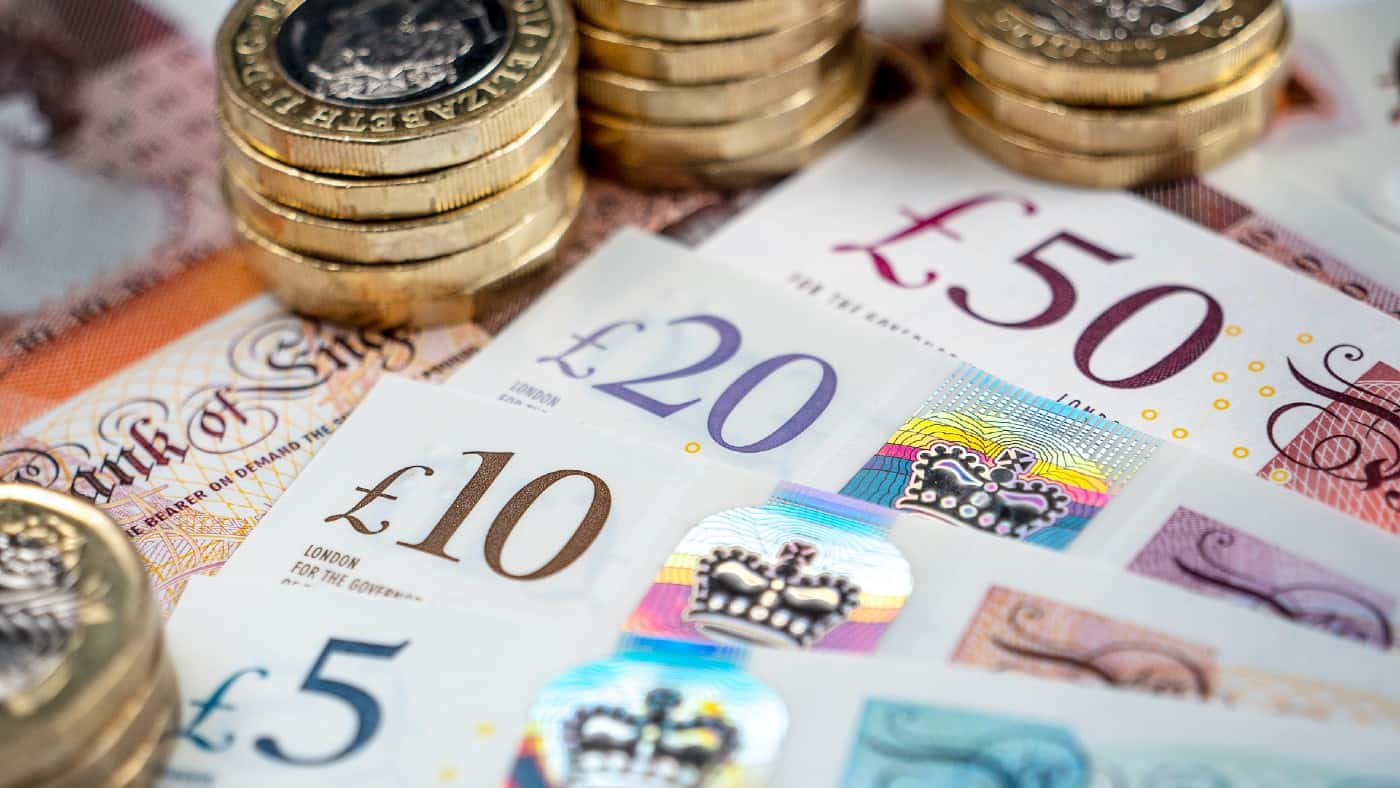Global stocks shot higher on Tuesday after US consumer price figures showed inflation in the world’s biggest economy continued to ease in November, bolstering the Federal Reserve’s arguments for a smaller interest rate rise when it meets later this week.
Annual consumer price growth in the US slowed to 7.1 per cent in November, down from 7.7 per cent in October and the smallest 12-month increase since December 2021. Month-on-month inflation ticked up by 0.1 per cent, less than the 0.3 per cent increase forecast by economists.
Contracts tracking Wall Street’s benchmark S&P 500 and the tech-heavy Nasdaq 100 jumped 2.3 per cent and 3.2 per cent, respectively, while Europe’s Stoxx 600 added 1.7 per cent and London’s FTSE 100 rose 0.9 per cent.
The closely followed “core” measure of inflation, which strips out volatile food and energy prices and is seen as the best indicator for inflation’s future trajectory, rose 0.2 per cent in November, after rising 0.3 per cent in October.
The latest figures mean Fed chair Jay Powell is all but certain to raise interest rates by 0.5 percentage points on Wednesday, ending a run of four consecutive 0.75 percentage point moves. However, analysts cautioned that the central bank still had plenty of work to do to get inflation back down to the 2 per cent target.
“Ultimately, yes, the pace of rate hikes is coming down, but that doesn’t mean there’s a [Fed] pivot coming anytime soon,” said Lale Akoner, senior market strategist and economist at BNY Mellon Investment Management, who expects rates to fall sometime in 2024.
Others were more upbeat. “Inflation in the US is likely to be a problem of the past,” said Florian Ielpo, head of macro at Lombard Odier Asset Management. “2022’s market enemy is being defeated and this is grounds for lower yields, tighter spreads and higher equities.”
US government bonds rallied across the board, with the two-year Treasury yield, which is particularly sensitive to interest rate expectations, dropping 0.17 percentage points to 4.22 per cent as the price of the debt instrument climbed.
The dollar has tumbled since hitting a 20-year high in late September and weakened further against a basket of six peers on Tuesday, falling 1.1 per cent.
The Fed’s economic projections on unemployment, gross domestic product and inflation will take centre stage on Wednesday, with investors on the lookout for hints on the level at which US interest rates might peak in 2023. Markets now expect interest rates to peak at around 4.85 per cent in May, down from just below 5 per cent in the same month before the release of November’s inflation data.
The European Central Bank and the Bank of England also meet this week and are expected to tighten monetary policy less aggressively than in recent months, despite mixed economic data.
Eurozone core inflation — which excludes changes in the price of energy, food and tobacco — remained at an all-time high of 5 per cent in November, while data out on Tuesday from the UK’s Office for National Statistics showed that private sector wage growth across the country accelerated in the three months to October.
“The US economy has remained relatively resilient throughout the past year, but that is not the case in the UK or Europe,” said David Dowsett, global head of investments at GAM. “That gives those central banks cover, or more than cover — evidence — to also slow the pace of rate hikes.”
In Asia, Hong Kong’s Hang Seng index rose 0.7 per cent, while Japan’s Topix added 0.4 per cent. China’s CSI 300 fell 0.2 per cent.
Credit: Source link














